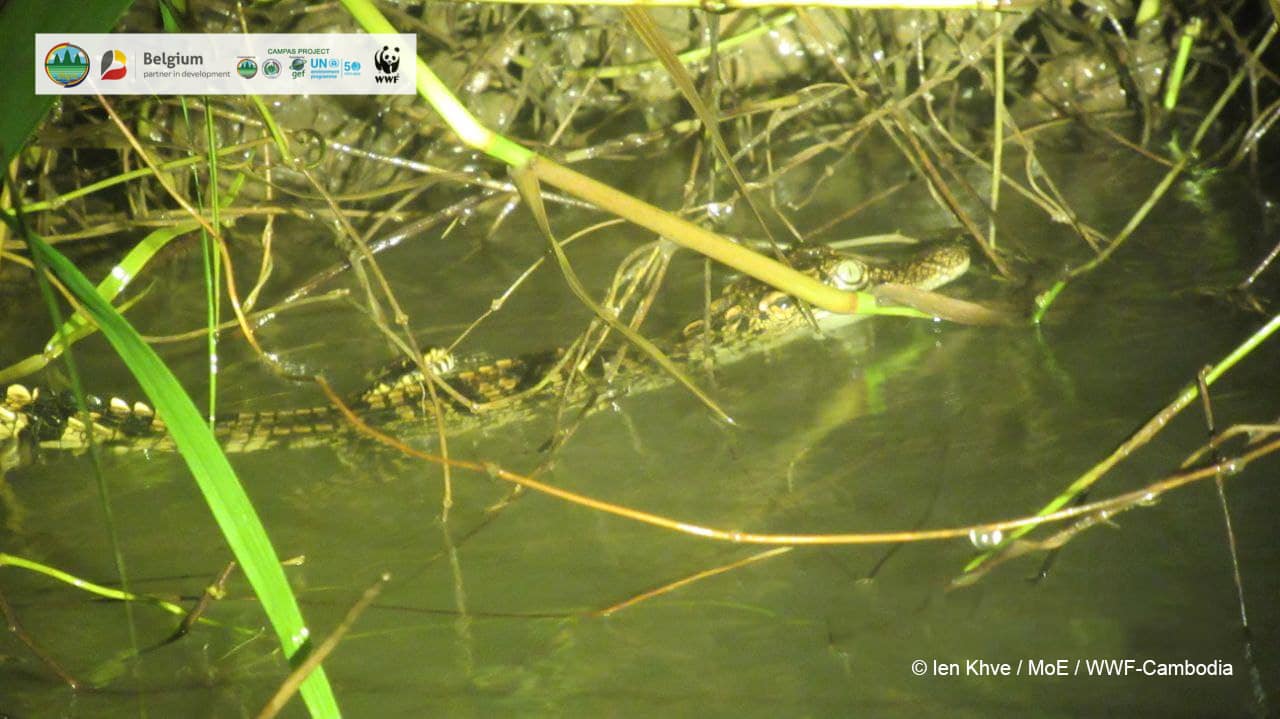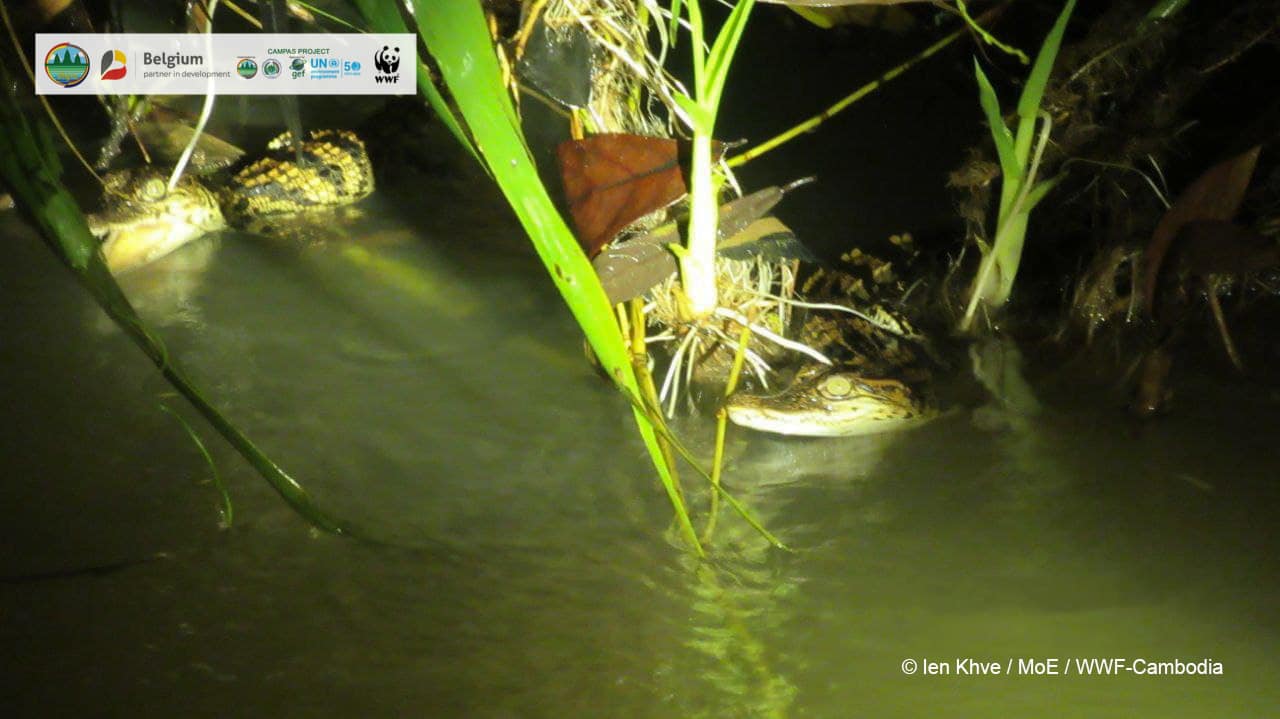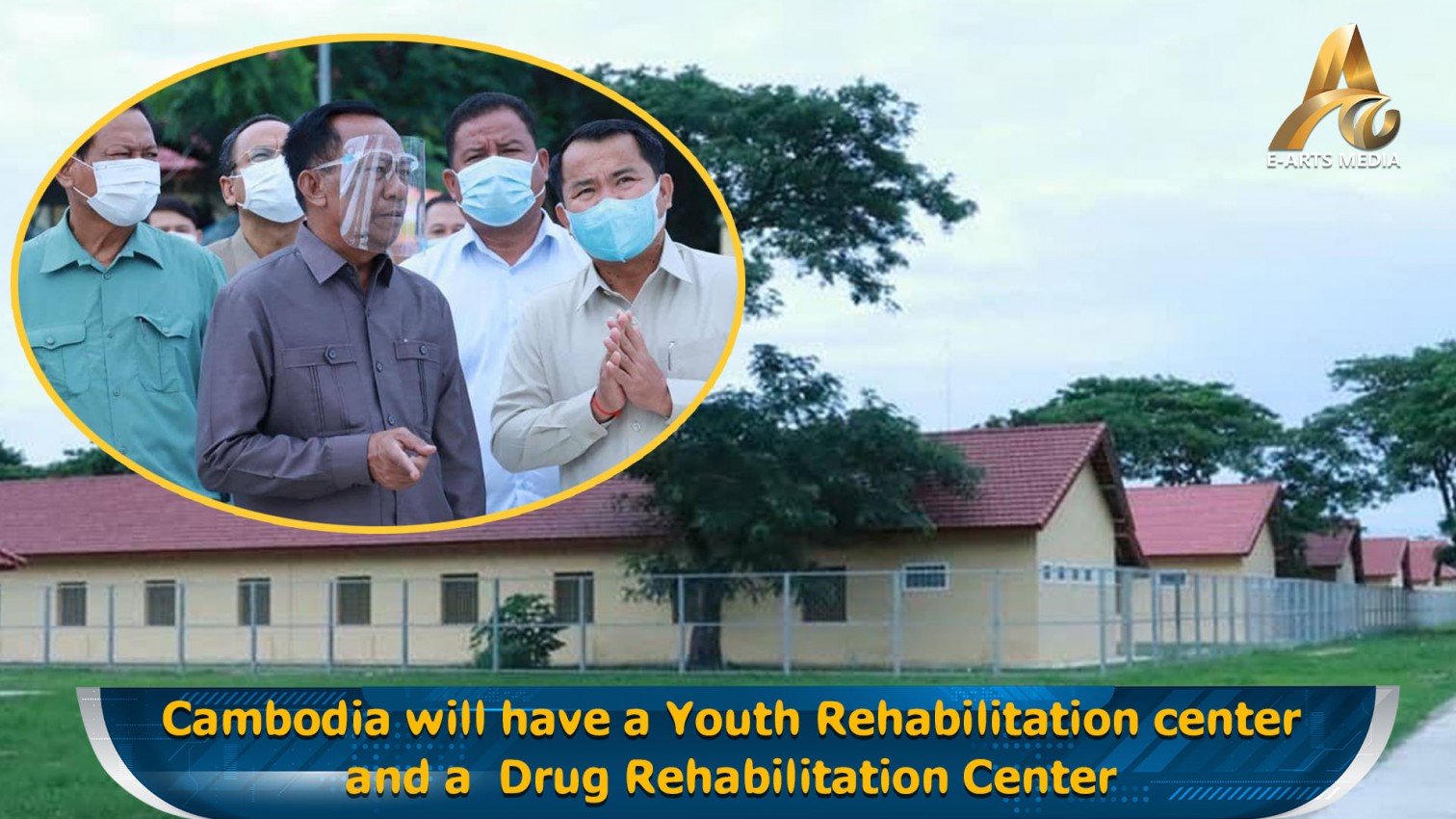Mondulkiri: The Ministry of Environment’s and WWF’s wildlife research team has confirmed the discovery of eight hatchlings of the critically-endangered Siamese crocodile (Crocodylus siamensis) in the Srepok Wildlife Sanctuary in Mondulkiri. The baby crocs were found during a routine survey during what is the annual hatching season. The survey forms part of the Ministry of Environment’s Siamese crocodile research program, CAMPAS, funded by GEF-5/UNEP, with additional funding from WWF-Belgium.
Minister of Environment, Say Samal, says, “It is such rewarding news for the conservation cooperation between the Ministry of Environment, WWF, our NGO partners and especially all members of the ministry’s and WWF’s research team, whose efforts have finally paid off with this first formal confirmation of Srepok’s breeding population.” He added that the discovery highlights the importance of the Srepok wilderness area’s potential for reversing biodiversity loss and for the restoration of globally significant wildlife.
A member of the research team, Sothea Bun, says, “During this hatching season, the research team carries out regular field monitoring and for this particular trip we spent four nights scouting crocodile habitat locations from 7pm until around 2am to observe the animals. It was very exciting when one of our team first spotted the eye-shine of the crocodile hatchlings.”
The discovery constitutes the first photographic evidence of a Siamese crocodile breeding population after more than a decade of research in the Srepok Wildlife Sanctuary. It is a protected area situated within the Eastern Plains Landscape under the management of the Ministry of Environment with WWF support. According to WWF’s Biodiversity Research & Monitoring Manager, Milou Groenenberg, this development is considered a breakthrough in the study of the species in Srepok as former reports of breeding consisted of unconfirmed reports and photographic evidence has never been collected. She says, “We were previously not certain if the resident population still contained breeding pairs to date, nor if any nests existed and if clutches successfully hatched.” She added that, “The Srepok discovery indeed raises hope for Siamese crocodile conservation and survival in the wild, and is a significant finding for the species in Cambodia and globally.”
The freshwater Siamese crocodile was once widespread across Southeast Asia, but disappeared from much of its range by the early 1990s. Cambodia is a global stronghold for the species, with an estimated 200-400 individuals remaining in the wild. The total global population does not exceed 1,000 mature individuals.


PHOTO: Ministry of Environment






















